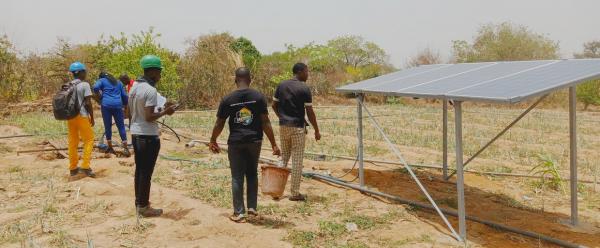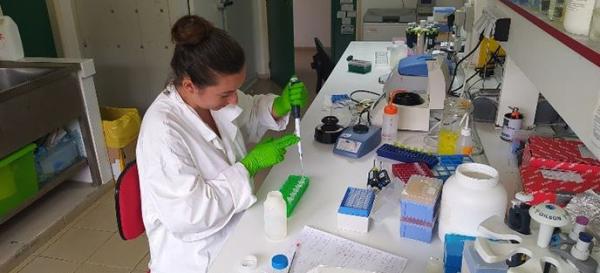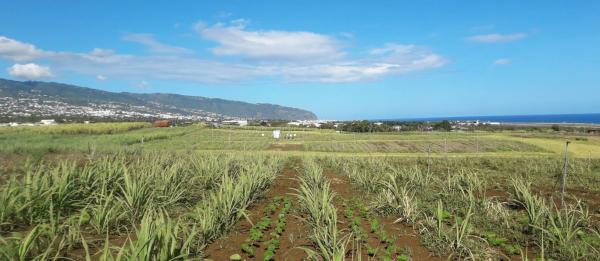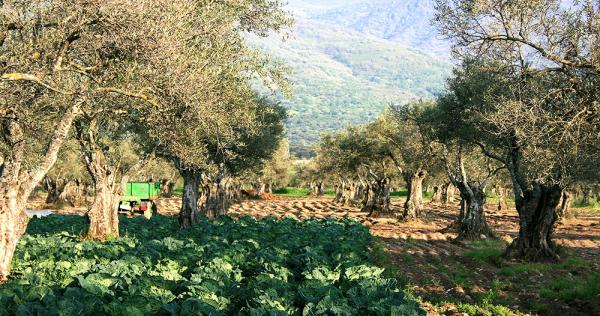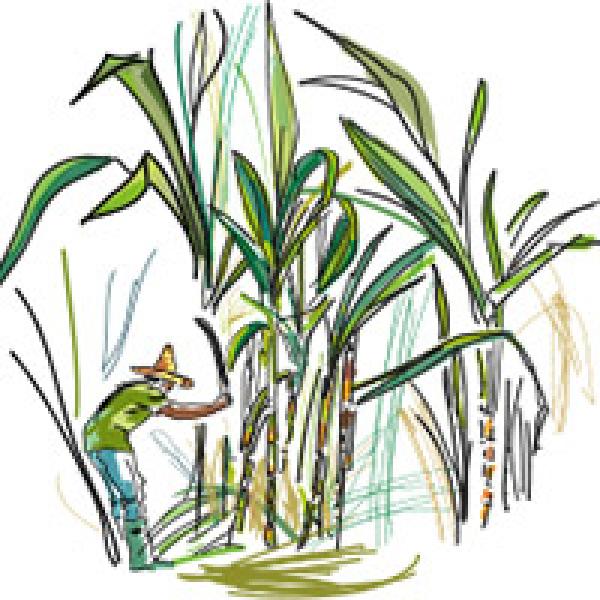Results & impact 23 October 2023
- Home
- Our activities, our impact
- Tropical value chains
- Fruit and vegetables

Fruit and vegetables
The figures for fruit and vegetables
700 million tonnes of vegetables are produced worldwide each year
750 million tonnes of tubers are produced worldwide each year
60% of fruit and 50% of vegetables and tubers are produced in warm regions
In most tropical countries, fruit and vegetables are produced on small family farms that supply local, domestic and even global markets. Large farms are primarily geared towards supplying supermarkets and the export market.
The issues
Preventing disease
Consuming fruit and vegetables regularly is known to reduce the risks of certain chronic or "non-transmissible" diseases such as obesity, type II diabetes, heart disease and certain types of cancer. Whereas these diseases previously affected primarily wealthy countries, people in developing countries are now increasingly suffering from them too, particularly in urban areas. For an adult:
- eating 600 g of fruit and vegetables a day (220 kg a year) has been proved to have a substantial preventive effect against chronic diseases
- between 400 and 600 g a day (150 to 220 kg a year) cuts the risks, but to a lesser extent
- below 400 g a day makes for a very high risk.
Fighting malnutrition
More than 800 million people are under-nourished worldwide: they suffer from an insufficient calorie intake, associated with various deficiencies: proteins, vitamins, particularly vitamins A and B, and minerals, such as iodine, iron and zinc. Of those people, some 200 million children under five suffer from physical and mental disorders because of these deficiencies. The levels of minerals and vitamins in fruit and vegetables make them a vital tool in the fight against malnutrition.
Overcoming the constraints of the supply chain
Fruit and vegetable production and marketing are subject to a range of constraints with a direct effect on consumption: high prices, inadequate supplies, etc.
- Market garden and fruit crops require substantial technical expertise. They are often highly susceptible to pests and diseases.
- Once harvested, the products are fragile and perishable, and there are few preservation and processing techniques suited to the constraints of the tropics.
- Marketing circuits are often complex and increasingly demanding in terms of quality.
- Access to harvested products is a constant issue. Transport problems are sometimes insurmountable: certain production zones are very isolated, road networks are inadequate and in a poor state of repair, etc.
Facilitating fruit and vegetable consumption
All over the world, programmes are being launched with the support of international organizations. The aim is to reduce malnutrition and chronic diseases by fostering fruit and vegetable consumption. These projects rely on an essential alliance between agriculture, health, education and public policy, and concern cooking habits, markets, and agricultural and agrifood techniques.
Satisfying urban demand for quantity, variety and quality
Developing and emerging tropical countries share at least two characteristics: strong urban growth and a booming periurban agricultural sector. The fruit and vegetable production, processing and marketing sector plays an essential role and helps satisfy growing demand from those urban areas: producing near to where products will be consumed, avoiding losses and cutting transport costs and times. However, for urban communities, urban agriculture raises as many problems as it solves: land use conflicts, competition for water, waste management, pollution, food safety, and so on.

























